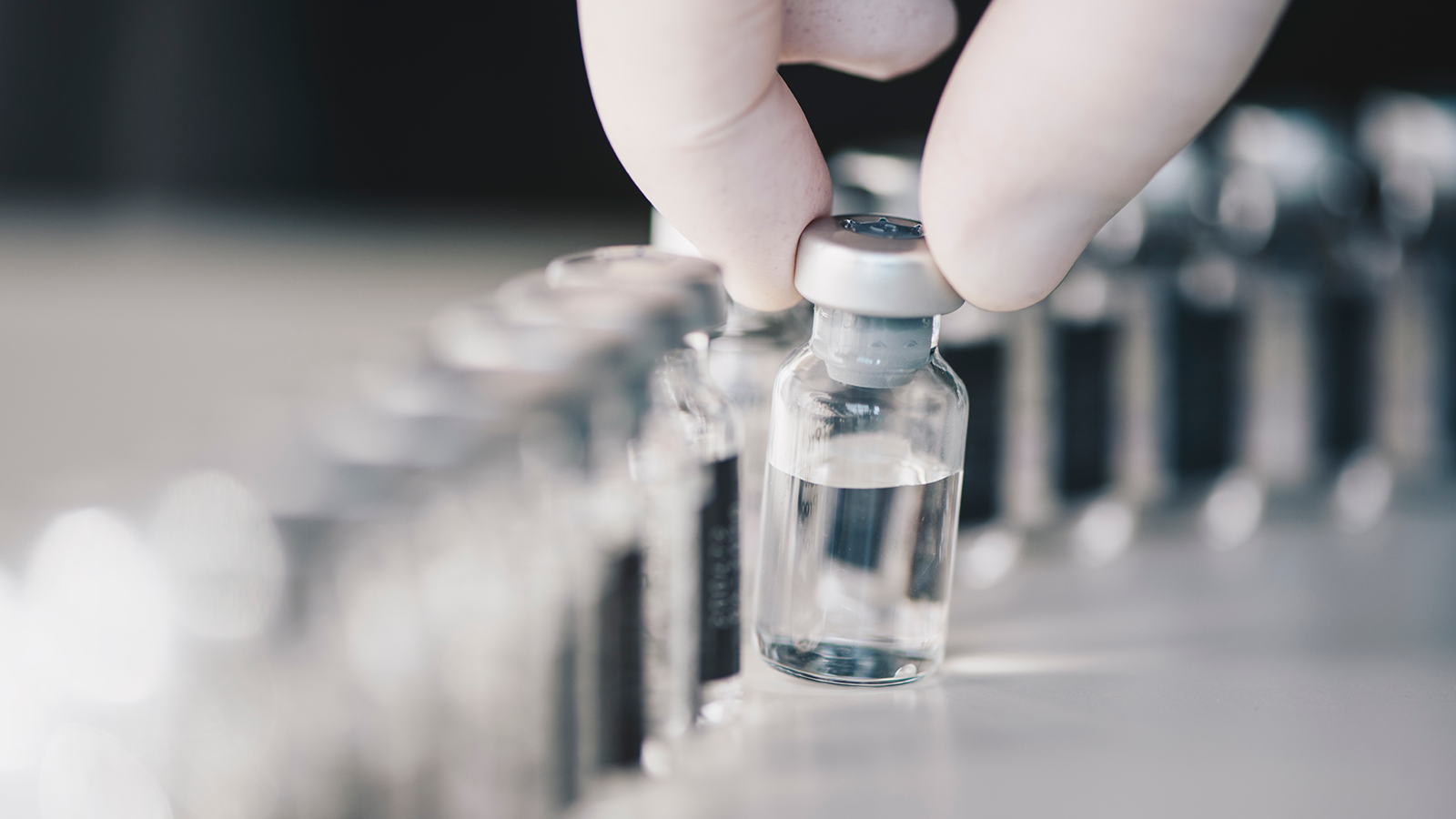Three major challenges facing gene therapy
From financial to logistics issues, here’s what payors need to look out for

Projected Treatments and Approval Timelines
Gene Therapy Pipeline | 3Q 2022 – 1Q 2027
Gene therapy is an exciting, rapidly evolving field that can offer patients new options and potential cures. These innovative treatments bring hope to patients with rare and debilitating conditions that have had few or no treatment options, like sickle cell disease, metabolic conditions or aggressive forms of cancer.
The process involves replacing or repairing genes that cause adverse conditions or adding new genes to help stop or treat disease.1 So far, the U.S. Food and Drug Administration (FDA) has approved a handful of gene therapies and expects to approve 10 to 20 gene and cell therapy products a year by 2025.2
While there are many notable gene therapies in the pipeline, several key hurdles cloud the promise of these novel and life-saving treatments.
One: Delays in approvals
The FDA is placing closer scrutiny on gene therapy products to ensure that they don’t enter the market prematurely. Drug manufacturers may go through multiple rounds of FDA review or “cycles” prior to approval, which can delay patients’ access to these new treatments but also ensures appropriate safety and efficacy.3
Recently, the approval submission for BioMarin’s Roctavian, a gene therapy candidate for hemophilia A, was pushed back from June 2022 to the end of September 2022.4 The FDA first withheld its approval in August 2020 and requested additional safety and efficacy data, which it has since received.5
Even after approval, it can be difficult to get these new therapies to the patients who need them. That may be due to manufacturing and distribution challenges as well as complexity in patient selection and administration. These therapies may need to be given in a hospital setting under medical supervision. On top of their complexity, there are a limited number of certified treatment centers that can offer them.
Two: Prohibitive upfront costs
So far, the therapies approved are extremely expensive – more than $2 million for a single dose or one-time treatment – and future treatments will likely command higher price tags. This is due to a long, complicated process for the development, manufacturing and delivery of these products. And they often target diseases with smaller patient populations. A higher price tag is used to recoup the cost of developing a drug for a limited market of patients.
- Zolgensma, for spinal muscular atrophy, costs more than $2.1M per patient6
- Kymriah, for hematologic malignancy, costs as much as $508,250
- Luxturna, for a specific inherited retinal dystrophy, costs as much as $425,000 per eye7
- Yescarta, for hematologic malignancy, costs as much as $399,000
These costs will hit plan sponsors and the health care system as a massive one-time payment for treatment, which could make them economically untenable for a small or self-insured employer. Just 5,000 members being treated by gene therapy each year, with treatments priced at $2 million each, would cost the U.S. health care system $10 billion a year.8
Employers and health plans need innovative ways to reduce the financial burden of gene therapy treatment while ensuring access to these breakthrough treatments.
Three: Clinical unknowns
Despite the curative potential of gene therapies, they’re still new approaches to treatment and could carry significant health risks. Safety and delayed adverse events associated with gene therapy have been a concern since the first clinical trials 20 years ago.9 Some of the risks include life-threatening immune responses, certain types of cancer, allergic reactions, or damage to organs or tissues.10
It’s important to recognize the need to balance those risks and address outstanding questions about the durability of gene therapies. It’s still too early to tell if they’re truly “cures” or if the diseases will return. Even if results degrade over time, gene therapy may still be a better and more cost-efficient treatment option to improve the length and quality of life for patients with genetic disorders.
Important considerations for plan sponsors
Innovative payment approaches will play an important role in making these treatments more accessible and more affordable. We’re exploring various strategies to help our clients navigate challenges and address the impact of gene therapies.
- Evolving the role of specialty pharmacy: Having specialty pharmacies like CVS Specialty purchase gene therapies directly from the manufacturer is an opportunity to reduce the cost impact and avoid the risks of markup.
- Value-based contracting: Gene therapies are good candidates for value-based contracting, where reimbursement is tied to expected durable outcomes.
The path forward
The pipeline for gene therapy continues to expand. Today, hundreds of gene therapy clinical trials are underway and have transformative potential to edit and modulate DNA and RNA.11,12
Making sure these cutting-edge treatments are accessible for those who need them requires innovative partnerships, as well as new ways of providing health insurance and pharmacy benefit design.
CVS Health offers solutions for payors:
Financial Protection Program Through Stop-Loss*
Installment Payment Plan
It’s clear the age of the genome, and gene therapies, is upon us. It is possible to support their promise to alleviate tremendous suffering by maintaining patient access while managing their financial impact.
*Stop-loss coverage is provided by Aetna Life Insurance Company and its affiliates (Aetna). Aetna is a member of the CVS Health family of companies.
Stop-loss coverage is limited to specific gene therapy products in the pipeline and is subject to change.


